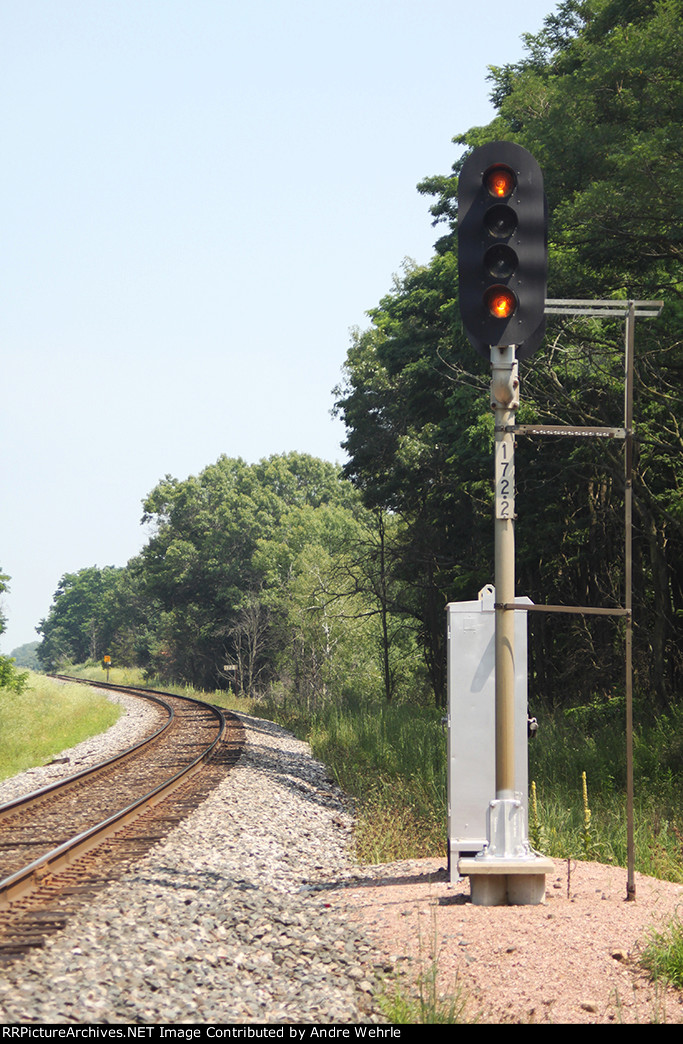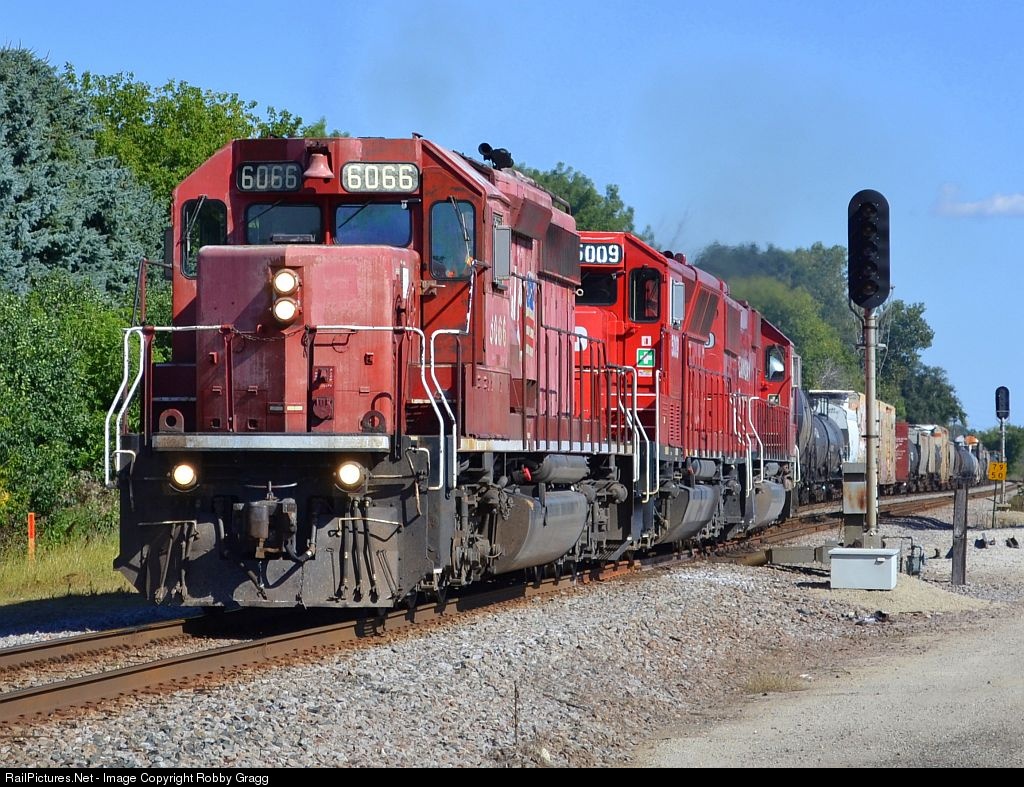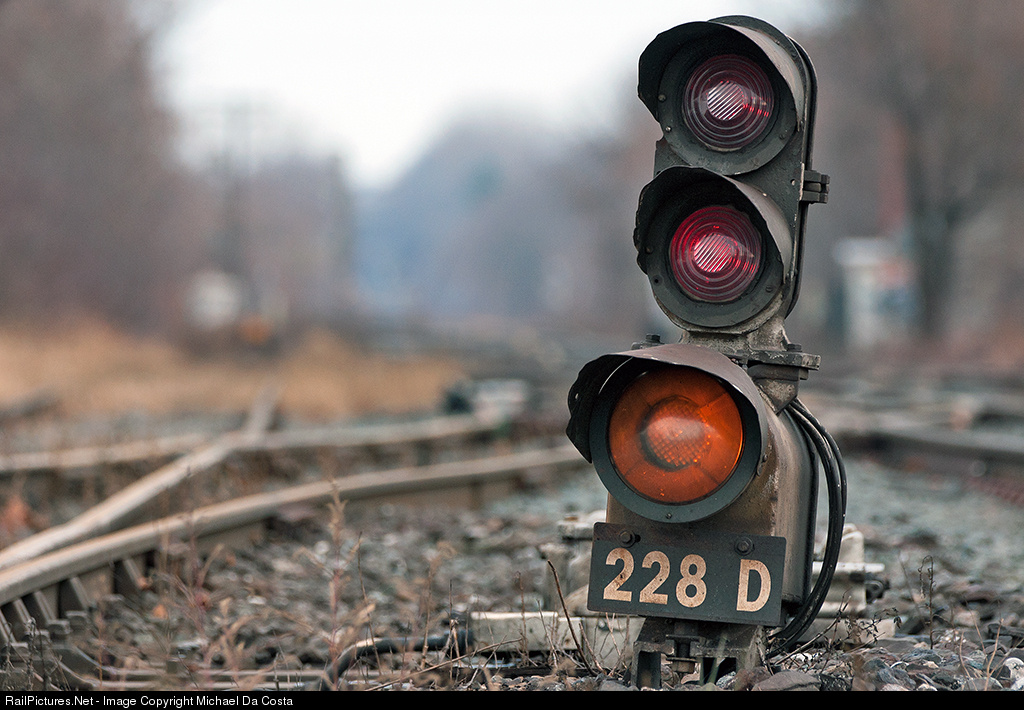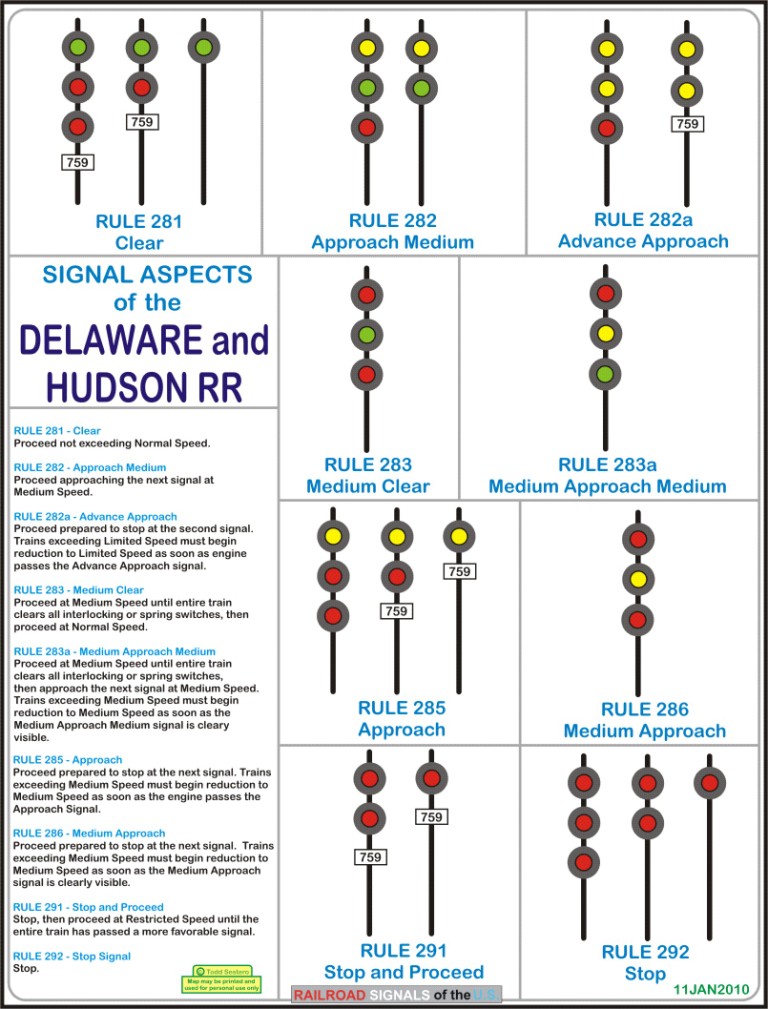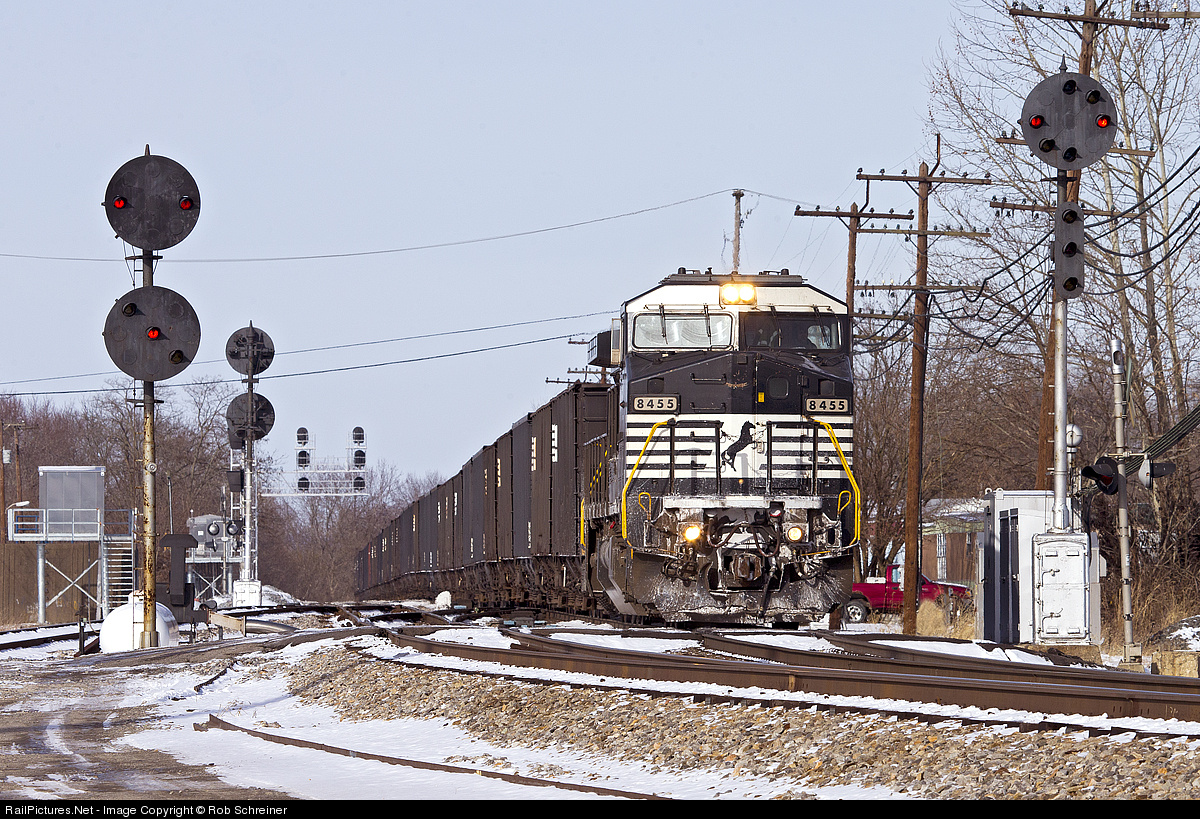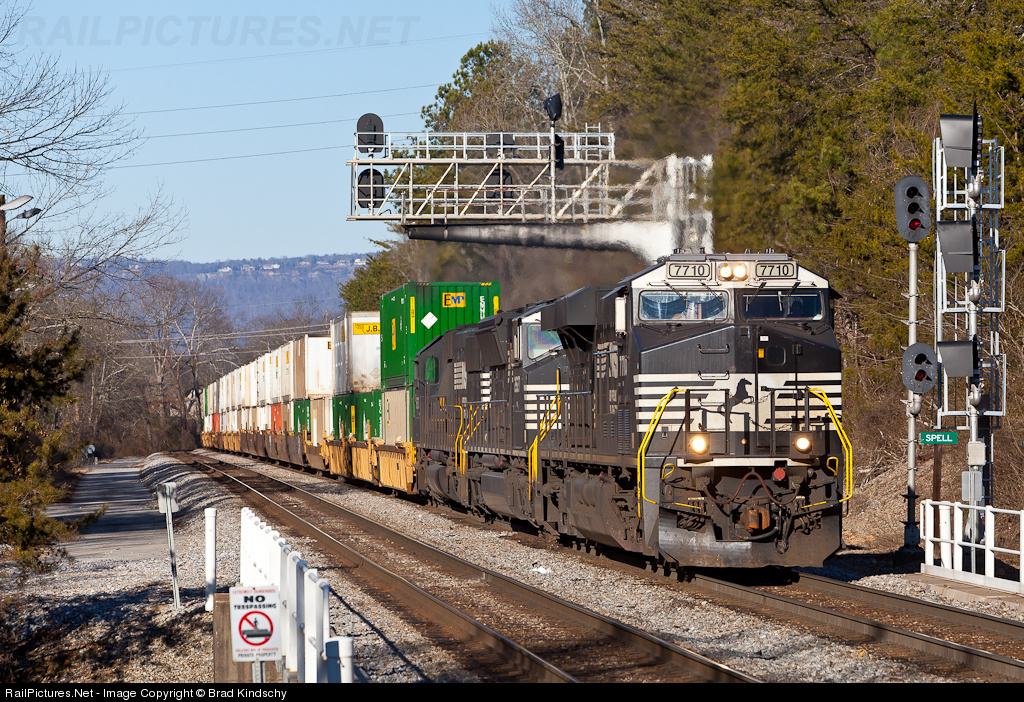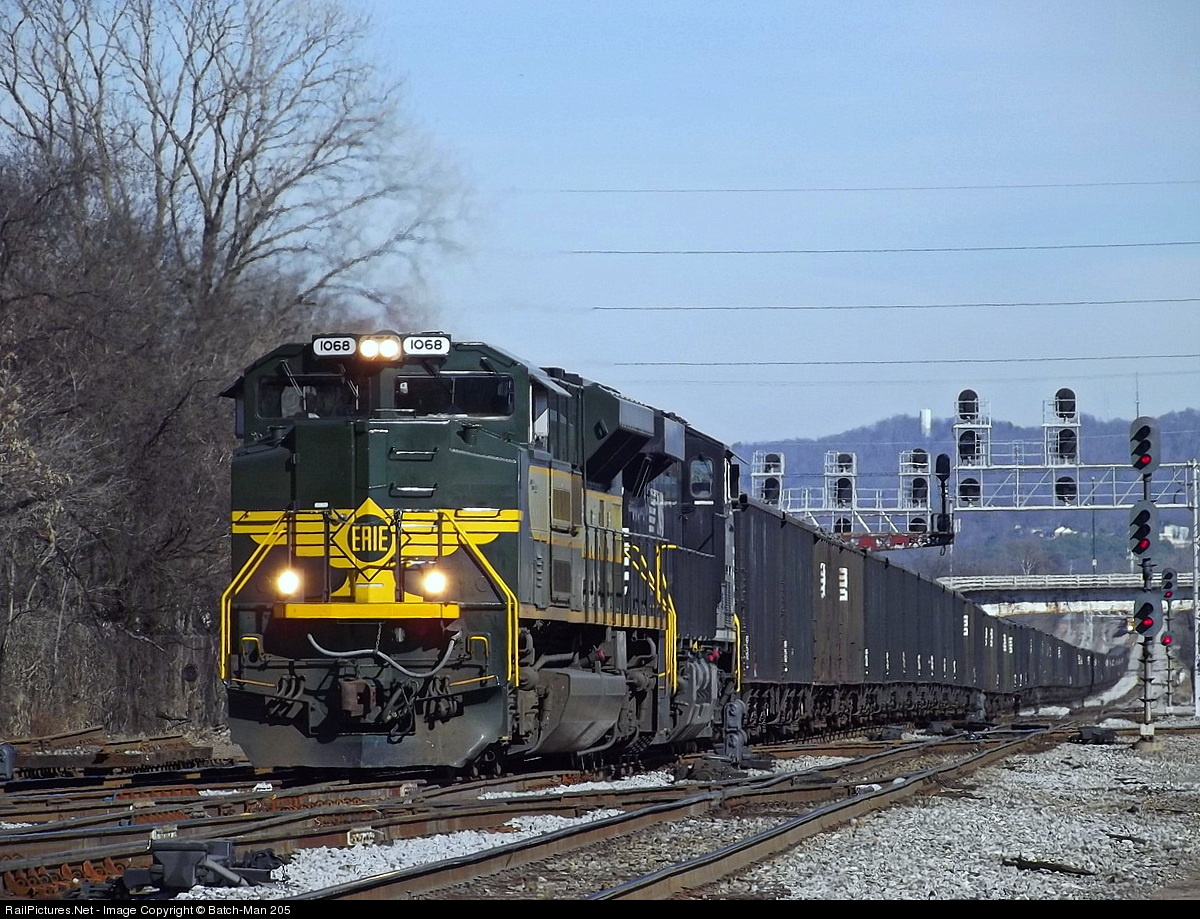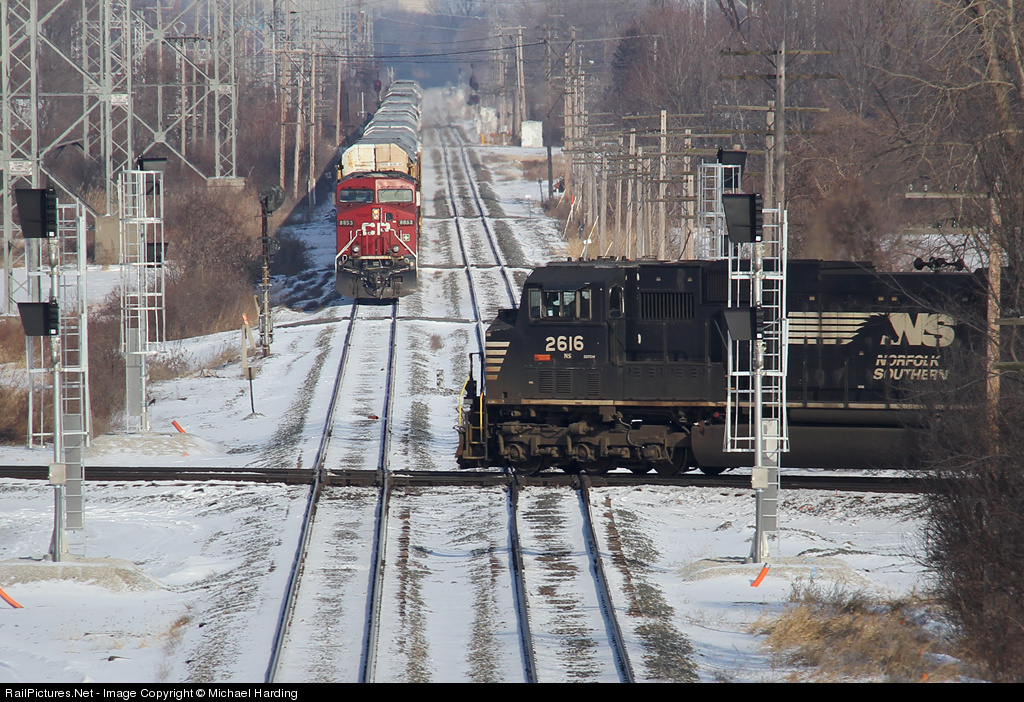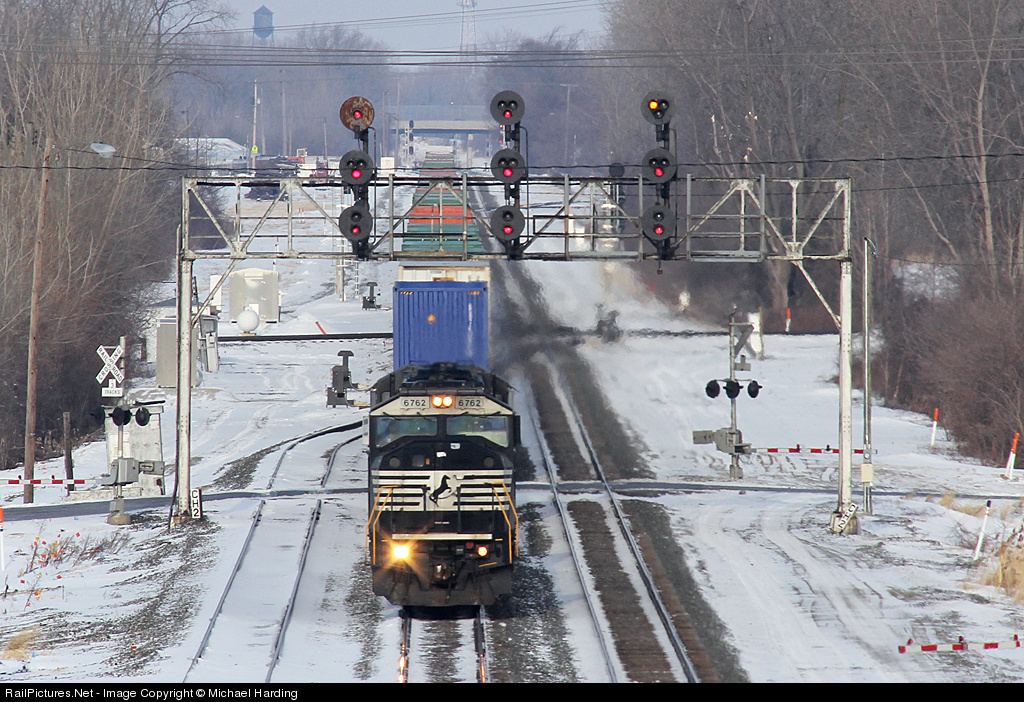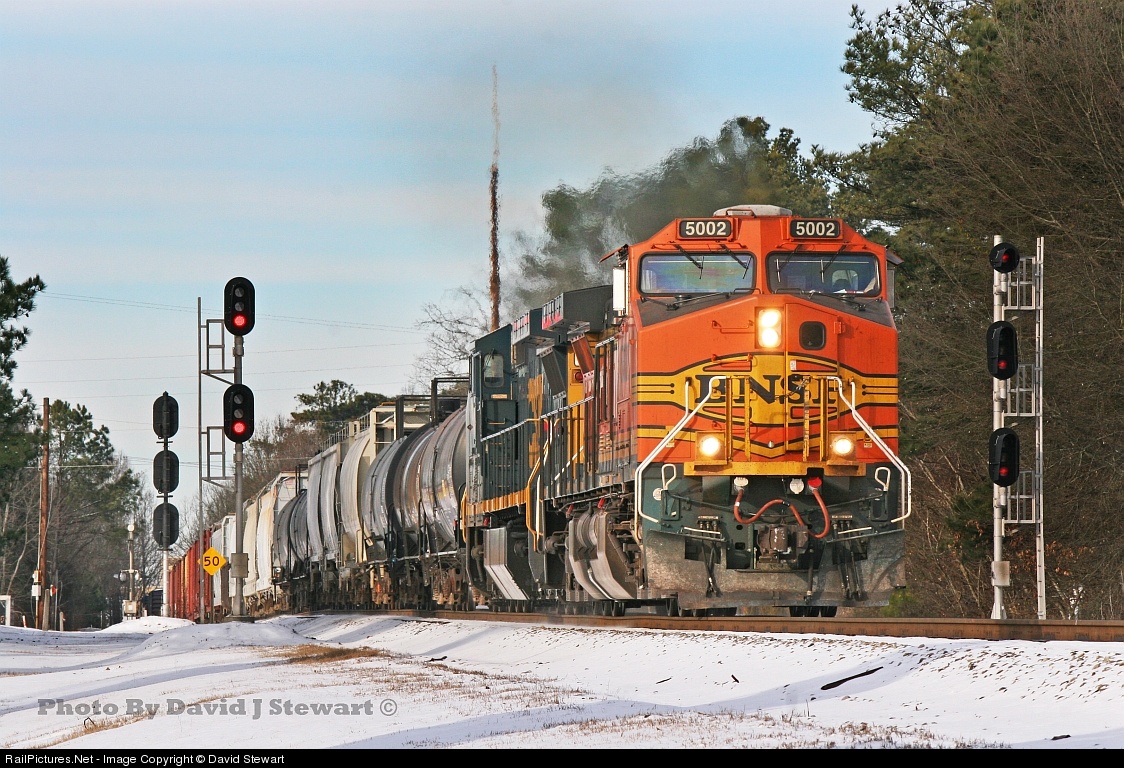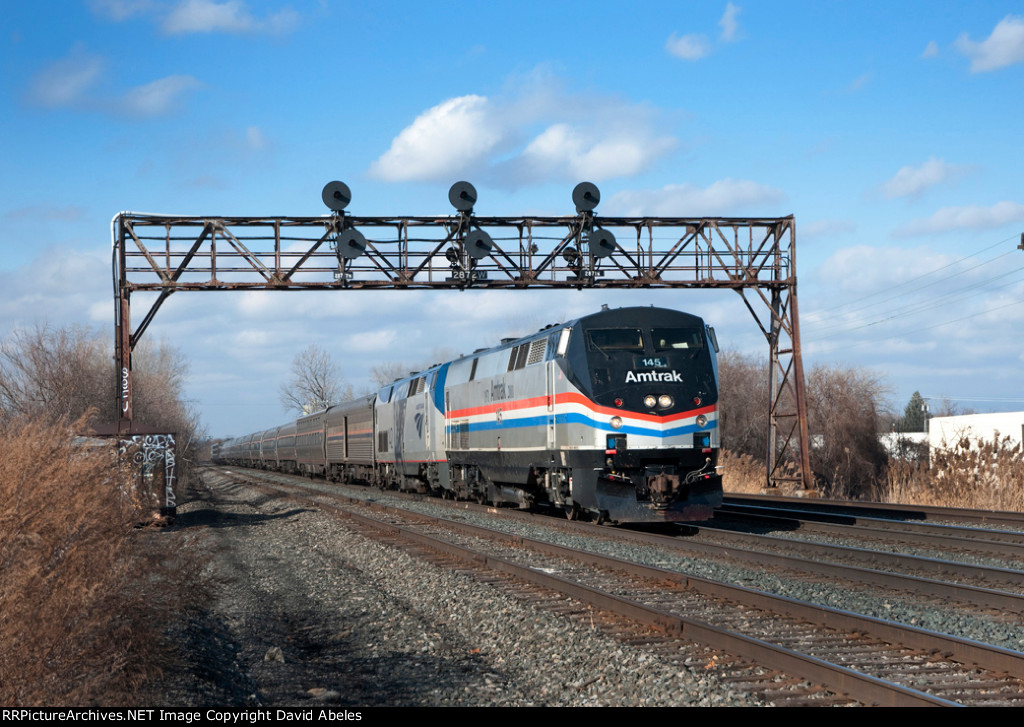SHOCKS as it stands today was constructed in 1938 as part of the electrification project and along with towers like THORN and PERRY, it represented the PRR's first big foray into CTC systems, although notably with the Traffic part missing. SHOCKS was an all relay plant with a US&S 504 code line running a few miles south to COLA tower in Columbia. Here is a 1960's era interlocking diagram showing lever numbers as part of COLA's area of control in a similar fashion to the THORN machine.
SHOCKS was built as a 2x2 flat junction and crossover so that trains entering on any track could then exit on any track. There are two crossovers and two single turnouts for the Columbia/Royalton branch. It also featured a connection to the Marietta Industrial Track which used to serve a government defense storage facility. On Track 2 between SHOCKS and COLA is the only segment of real Rule 261 CTC operation that was part of the COLA "CTC" project. I don't know the rationale for employing 261 on only one of the two tracks, but the PRR had a habit of using traffic control systems as sparingly as possible. The 1938 interlocking logic and ,layout was left virtually untouched between when it was built and 2008 when NS finally rolled out the first stage of its Port Road re-signaling project. I don't know many microprocessor based systems that will be able to last 70 years.
As in the previous segments I will be using a few photos taken by a friend of the blog in 2004 as well as some additional photos which date from 2007, shortly before it was re-signaled. In the above 2004 view we see the westbound main signals at CP-SHOCKS before it was re-signaled. In the original scheme the dwarf was labeled 110R and the mast 112R and these labels were still accurate in 1995 according to the Conrail interlocking charts.
In this direction trains run in the Rule 251 ABS fashion with a Restricted speed dwarf for reverse direction movements. Note the 11kv catenary feeders running between the 138kv transmission lines and 6kvsignal power lines. These ran from the nearby Rowenna Substation to the various catenary sections. The high signal still features the traditional PRR layout for the lower head that only provided a backing plate for the | position since in the pre-1956 rulebook trains would approach Restricting and Slow Approach at a speed where a backing was not deemed to be necessary. Ah the PRR, just like that old guy who unscrews the light bulbs he doesn't need.
Here is the same 112R mast signal with its Darth Vader replacement in 2007. The full lower head provides for Medium Speed routes onto the Royalton Branch.
The rear view shows how age was catching up with the 70-year-old signal, although it was probably nothing that a good coat of paint could fix.
The 110R dwarf signal had been replaced at some point since World War 2 with a new Safetran equivalent. The catenary towers on this part of the line remain standing as one is still used by Amtrak to feed the main line at Royalton.
The dwarf was being replaced by a new Darth mast. Although still lacking a full upper head as the re-signaling project was not going to touch the Rule 251 on the upper Enola Branch, it would allow wrong-railing trains to cross over at better than Restricted speed.
The Marietta Industrial Track featured an original 1938 dwarf signal (112RC) on a concrete mounting, which probably is an issue if any part of the cable run develops a problem. In this pic C&S crews can be seen working at the concrete relay house.











